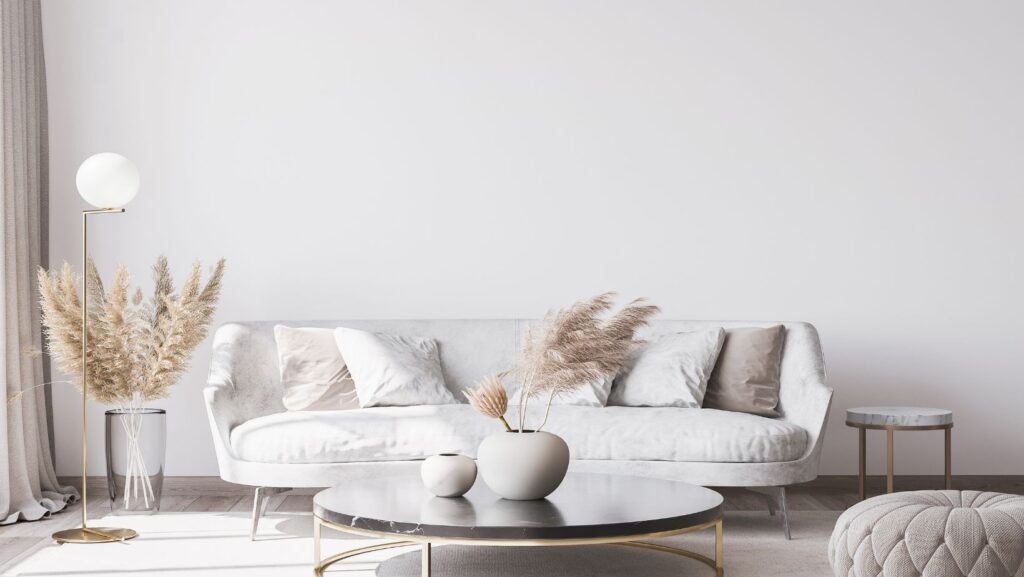As the population ages, understanding the preferences and needs of the 50+ market becomes essential for business owners. This demographic has unique tastes, priorities, and lifestyle requirements that influence their home decor choices. In this context, Vikki Gerrard La Crosse WI, offers valuable insights into the latest trends in home decor, helping businesses adjust their offerings to serve this growing market segment better.
Understanding the 50+ Market
Vikki Gerrard La Crosse highlights the importance of understanding the unique needs and preferences of individuals over 50 when designing for this demographic. This group prioritizes comfort and practicality, yet they also seek aesthetics that resonate with their lifestyle. They tend to look for pieces that seamlessly blend form and function, enabling them to transform their homes into personal sanctuaries.
The 50+ market is diverse, encompassing various tastes and styles. Recognizing this diversity is crucial for business owners. Tailoring products to meet different preferences within this segment can significantly enhance appeal and customer satisfaction.
The Importance of Accessible Design
Accessibility is paramount when designing for the 50+ market. While aesthetics remain important, practical considerations such as ease of use and safety cannot be overlooked. Features like non-slip flooring, reachable storage, and adjustable lighting are integral to creating spaces that cater to this demographic’s needs.
Designers must also consider age-related changes that can affect mobility and comfort. Offering solutions that accommodate these changes while maintaining style ensures interiors remain accessible without compromising elegance.
Incorporating Technology Seamlessly
Technology is no longer just for the young. The 50+ demographic increasingly embraces tech-savvy solutions that enhance their living experience. Smart home devices, from voice-activated assistants to automated lighting systems, are becoming staples in home decor for this age group.
Integrating technology into decor should be seamless and user-friendly. Business owners who can offer intuitive tech solutions will likely capture the interest of this market. Ensuring these technologies are easy to operate is essential to successfully integrating them into everyday life.
Prioritizing Sustainable Materials
Sustainability is a growing concern across all demographics, including the 50+ market. Consumers are becoming more aware of the environmental impact of their purchasing decisions. This awareness drives demand for eco-friendly materials and processes in home decor products.

Business owners should focus on sourcing sustainable materials and promoting their environmental benefits. This approach aligns with consumer values and enhances brand reputation and loyalty.
The Rise of Personalized Spaces
Personalization is key in appealing to the 50+ market. They appreciate spaces that reflect their individuality and life experiences. Customizable options, from color schemes to furniture configurations, allow consumers to create unique environments.
Businesses that provide personalization options can tap into a strong emotional connection with their customers. Personal touches make a space feel like home and foster a deeper satisfaction and loyalty.
Multigenerational Living Trends
Vikki Gerrard La Crosse, WI, emphasizes that multigenerational living is becoming increasingly popular among those 50 and older. This trend features multiple generations residing under a single roof, necessitating adaptable spaces that address diverse needs. In such environments, flexible furniture, convertible rooms, and shared amenities enhance comfort and functionality.
Understanding the dynamics of multigenerational households helps business owners offer solutions that enhance harmony and functionality. Designs that balance privacy with communal areas are particularly appealing.
The Role of Color and Texture
Colour and texture are vital in home decor, influencing mood and perception. The 50+ market often gravitates towards soothing, neutral tones that promote relaxation. However, pops of vibrant colors can add personality and energy to a space.
Texture adds depth and interest, making a room feel more inviting. Soft fabrics, natural wood, and layered textiles can create warmth and comfort, appealing to the tactile preferences of older consumers.
Enhancing Home Office Spaces
With more people working from home, the demand for functional yet stylish home office spaces has risen. The 50+ market is no exception. They seek environments that support productivity while blending seamlessly with the rest of the home.
Ergonomic furniture, ample lighting, and efficient storage solutions are critical components of a successful home office. Business owners who offer products that balance functionality with design will attract those looking to enhance their work-from-home experience.
Creating Outdoor Retreats
Outdoor spaces are becoming extensions of the home, offering areas for relaxation and entertainment. The 50+ market values design that transforms patios, gardens, and balconies into welcoming retreats.

Weather-resistant furniture, easy-care plants, and outdoor lighting create inviting outdoor environments. These elements allow consumers to enjoy the benefits of nature with minimal effort.
Navigating Evolving Trends
Staying ahead of design trends is crucial for business owners targeting the 50+ market. This demographic is not static; their preferences evolve, influenced by lifestyle changes and broader cultural shifts.
Regularly updating product offerings to reflect current trends ensures continued relevance and appeal. Engaging with customers through surveys and feedback can provide valuable insights into emerging preferences.
Building Lasting Connections
Successful design for the 50+ market ultimately involves building strong, lasting customer connections. Understanding their unique needs, offering personalized solutions, and delivering exceptional quality are foundational elements of this relationship.
By focusing on these principles, business owners can capture this market and foster loyalty and advocacy. The 50+ demographic is not just a market segment; they are valued partners in the design process.
Conclusion
According to Vikki Gerrard La Crosse, WI, designing for the 50+ market offers exciting opportunities for business owners. By prioritizing accessibility, personalization, and sustainability, companies can effectively cater to this influential demographic. With thoughtful design and strategic insights, businesses can thrive in this dynamic landscape, creating spaces that resonate with individuals aged 50 and beyond.

